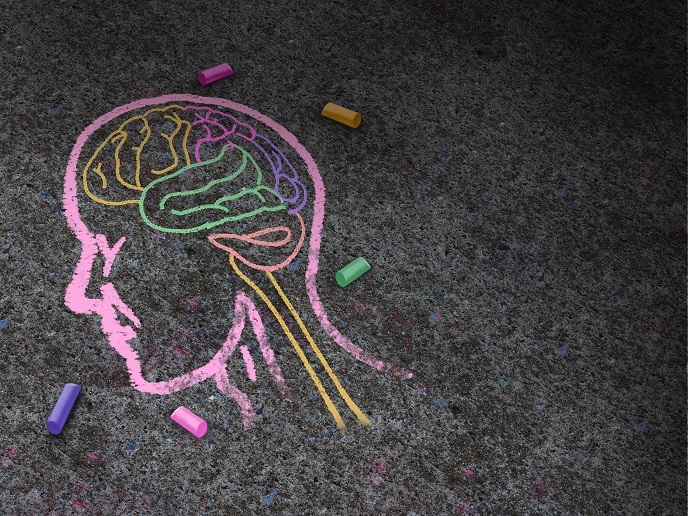Implications of mental health diagnosis changes during childhood
Being diagnosed with a mental health disorder during childhood can have profound psychological, social and emotional consequences. For a variety of reasons, some children may have their original diagnosis changed as they move through mental health services. Understanding how young people experience these diagnostic shifts is crucial to ensure sensitive communication and support strategies.
A mixed-methods study of children with mental health diagnoses
With the support of the Marie Skłodowska-Curie programme, the PAEDS(opens in new window) project explored how affected children and their families experience mental health diagnoses and their potential shift later in life. “Our goal was to gain a greater understanding of how, why and when diagnostic changes happen, and how they can affect young people and their families,″ explains the research fellow Cliodhna O'Connor. The project involved two stages: in the first stage researchers reviewed clinical records of child and adolescent mental health services (CAMHS) in the UK to establish how frequent diagnostic adjustments are, and in the second stage they interviewed young people in Ireland who had experienced a diagnostic shift. A review of the clinical records of over 12 500 children revealed that approximately 19 % experienced a diagnostic adjustment over the course of their engagement with clinical services. The analysis also identified the socio-demographic and clinical variables that predicted a change of diagnosis. Qualitative interviews identified that diagnostic shifts have a range of clinical, emotional and social implications in young people’s lives. Clinically, diagnostic shifts may lead to new treatment options, improved engagement with therapy or disillusionment due to previous missed or misdiagnoses. In addition, diagnostic adjustments often caused young people to revise their self-concept or reconsider their future. From a social perspective, a change in mental health diagnosis impacted the individual’s social identity and frequently exposed them to new stereotypes or stigma. Diagnostic changes could also affect the parent-child relationship in diverse ways.
Supporting effective communication of diagnostic shifts
Mental health diagnosis can be very important in helping young people and their families make sense of the difficulties they are experiencing. Overall, the project has raised awareness of the frequency and complex ramifications of diagnostic shifts in youth mental health. “PAEDS foregrounded young people’s experience and used their voices to propose how diagnostic shifts should be managed and communicated,″ emphasises O'Connor. PAEDS findings were used to develop resources to aid communication and understanding of diagnostic shifts in CAMHS. The resources are freely available on the project website(opens in new window) and include pamphlets for health professionals, parents and young people, and an animated video for younger children. These explain the reasons why a diagnosis may change, acknowledge the challenges this change may present, and suggest potential strategies for managing these challenges. Future plans include new guidelines for clinicians to improve the communication of diagnostic transitions in a way that minimises confusion and distress in young people. Researchers also hope to identify the specific variables and trajectories that predict more positive or negative responses to diagnostic shifts. In view of the future, O'Connor wishes to “extend the study of responses to mental health diagnostic shifts, including in adult populations.″




